The Day the Skies Stood Still
On November 7, 2006, at approximately 4:15 p.m. CST, Chicago’s O’Hare International Airport, one of the busiest aviation hubs in the world, became the stage for an extraordinary event. A group of twelve United Airlines employees, including pilots, mechanics, and a ramp worker, witnessed a metallic, saucer-shaped object hovering silently above Gate C-17 in the United terminal. The sighting, first reported by a ramp employee pushing back United Airlines Flight 446 bound for Charlotte, North Carolina, lasted around five minutes. Witnesses described the craft as dark gray, 6 to 24 feet in diameter, and completely silent, hovering roughly 1,400 feet above the tarmac under a heavy cloud cover at 1,900 feet. The object’s sudden ascent, described as a burst of “immense energy,” left a distinct circular hole in the clouds, visible to mechanics and pilots who saw blue sky through it. This account, detailed in a 2007 Chicago Tribune article by reporter Jon Hilkevitch, sparked international attention and remains one of the most credible modern UFO sightings.
The incident’s significance lies in the credibility and number of witnesses, all aviation professionals trained to observe the skies. A United Airlines supervisor contacted an FAA manager in the control tower, as revealed by FAA audio recordings obtained through a Freedom of Information Act (FOIA) request filed by the Chicago Tribune. These tapes, later featured in a 2021 episode of the New York Post’s The Basement Office, captured the supervisor’s urgency, asking if the tower had identified the object. The FAA, however, claimed no radar detection and dismissed the sighting as a “weather phenomenon,” specifically a hole-punch cloud. For those intrigued by the site, O’Hare’s Gate C-17 remains accessible to travelers, though runway configurations have changed since 2006. The National Aviation Reporting Center on Anomalous Phenomena (NARCAP) published a 155-page report urging further investigation, citing potential flight safety risks.
A Clash of Explanations and Evidence
The FAA’s swift dismissal of the O’Hare sighting as a hole-punch cloud, a rare formation caused by aircraft passing through supercooled cloud droplets, has been heavily contested. Astronomer Mark Hammergren, then at Chicago’s Adler Planetarium, supported this theory, noting the overcast conditions on November 7, 2006, were conducive to such a phenomenon. A 2013 Chicago Tribune article quoted Hammergren explaining that ice crystals form a hazy disc, leaving a hole in the cloud. However, UFO researchers, including Mark Rodeghier of the Center for UFO Studies, argue this explanation fails to account for the object’s metallic appearance, silent hover, and rapid ascent. Rodeghier, in a 2009 UFO Hunters episode, emphasized the post-9/11 security implications of an unidentified object over a major airport, questioning the FAA’s refusal to investigate. The lack of radar detection, while cited by the FAA, is not definitive, as stealth technology and certain radar filters can obscure objects, as noted in a 2008 New York Times op-ed.
Evidence for the sighting relies heavily on eyewitness testimony, with no clear photographic or video proof. A grainy image, allegedly captured on an employee’s phone, surfaced online and was shared in a 2021 X post by @Kabamur_Taygeta, but its authenticity remains unverified. Another video, posted on YouTube in 2007 and referenced in a 2023 Reddit thread, claims to show the O’Hare UFO but lacks clear provenance, with some suggesting it was filmed on a digital camera, common in 2006. The absence of definitive imagery frustrates researchers, yet NARCAP’s Richard Haines argued in his 2007 report that the consistent accounts from multiple credible witnesses warrant serious inquiry. The incident’s coverage in documentaries like Hangar 1: The UFO Files and Ancient Aliens (Season 19, Episode 9) highlights its enduring mystery, akin to the 1997 Phoenix Lights, where mass sightings also lacked photographic clarity.
Speculation and Lasting Impact
The O’Hare sighting has inspired bold theories about its origins. A 2023 analysis by Applied Physics, published by The Debrief, proposed the object could be evidence of an Alcubierre warp drive, a theoretical propulsion system bending space-time. Physicist Brandon Melcher noted the craft’s saucer shape and lack of radar signature align with such a drive’s predicted effects, like redirecting light rays, reducing its radar cross-section. While speculative, this theory suggests advanced technology, possibly human or otherwise, and echoes the 2004 Nimitz UAP encounter’s high-speed, radar-elusive craft. Conversely, skeptics on a 2024 Skeptoid podcast argue the sighting fits a weather anomaly, dismissing extraterrestrial claims but acknowledging the witnesses’ sincerity. The debate reflects broader tensions in UAP research, where scientific rigor meets open-ended possibility.
The incident’s legacy endures in Chicago’s cultural fabric and UAP discourse. It prompted calls for better reporting protocols, as NARCAP criticized the stigma deterring aviation personnel from documenting UAPs. A 2024 WTTW segment with Geoffrey Baer revisited the case, featuring Hilkevitch and meteorologist Tom Skilling, who leaned toward the hole-punch cloud explanation but noted the witnesses’ conviction. For enthusiasts, Chicago’s Adler Planetarium offers stargazing events that spark discussions of cosmic mysteries, while O’Hare’s Terminal 1 remains a pilgrimage site for UAP fans. The O’Hare UFO, like the 2008 Stephenville, Texas, sightings, challenges official narratives, leaving an open question: was it a natural quirk, a classified project, or something beyond our understanding? The silent saucer’s brief hover continues to captivate, urging us to look skyward.

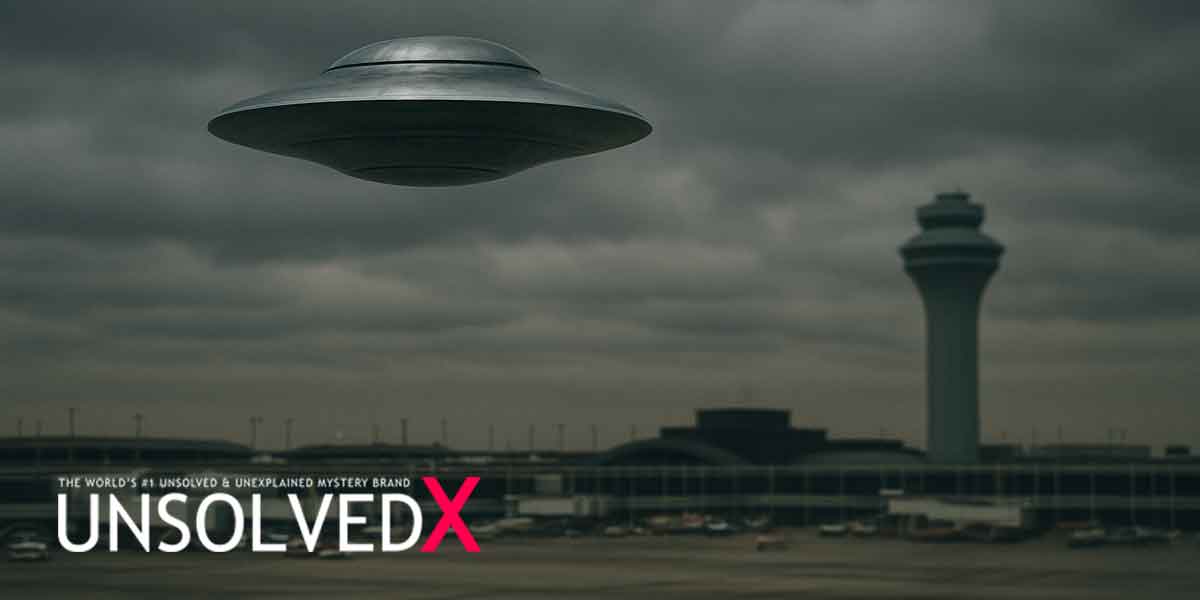
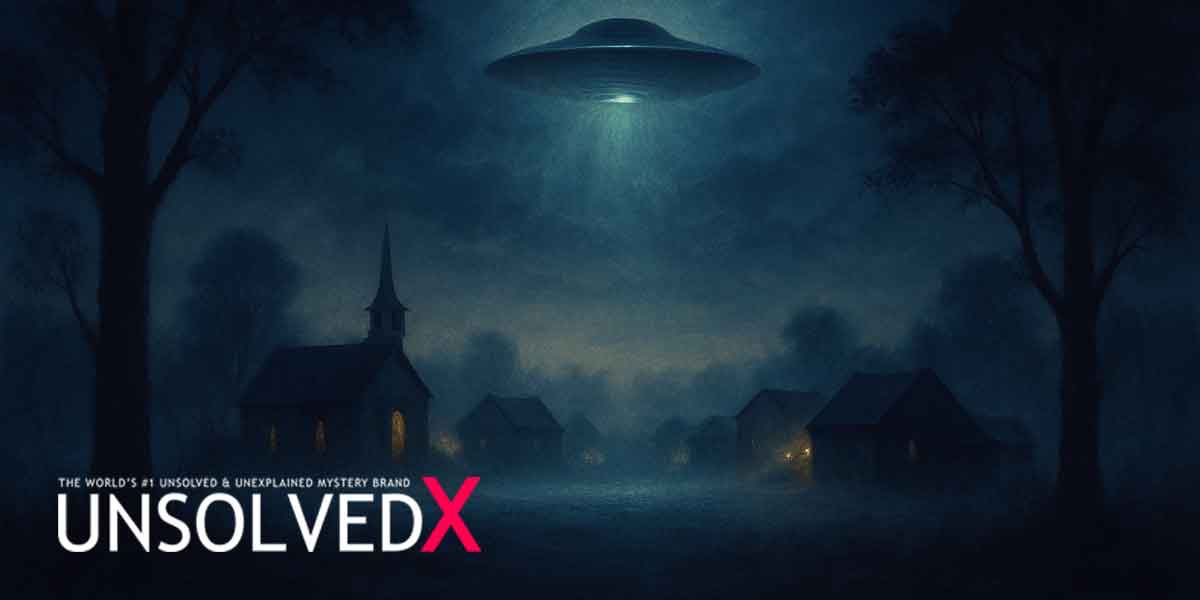
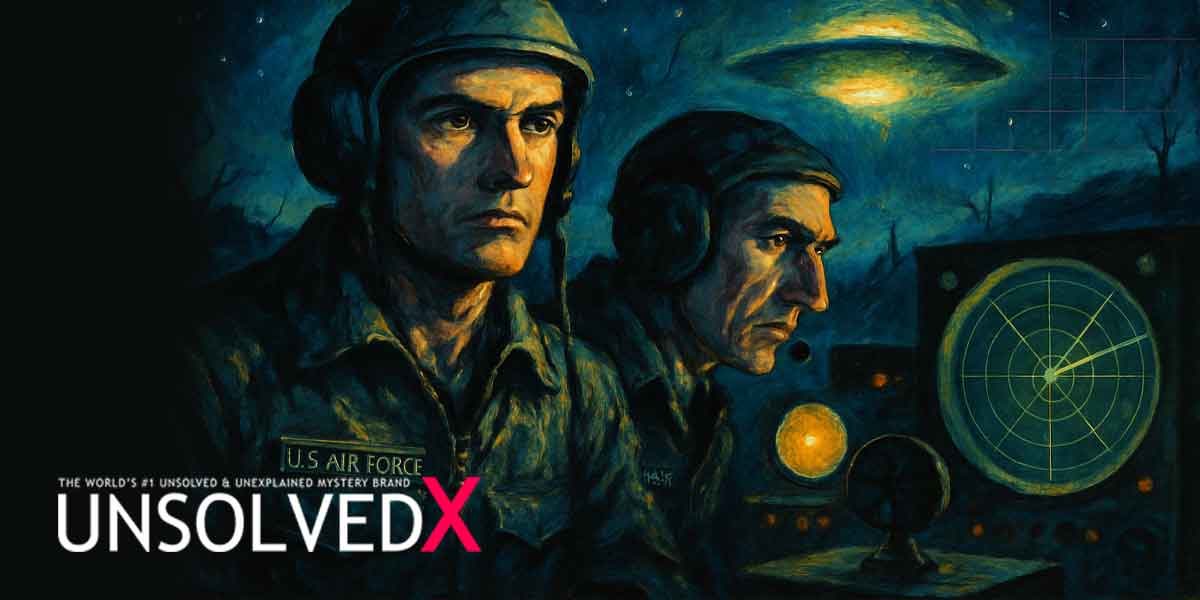

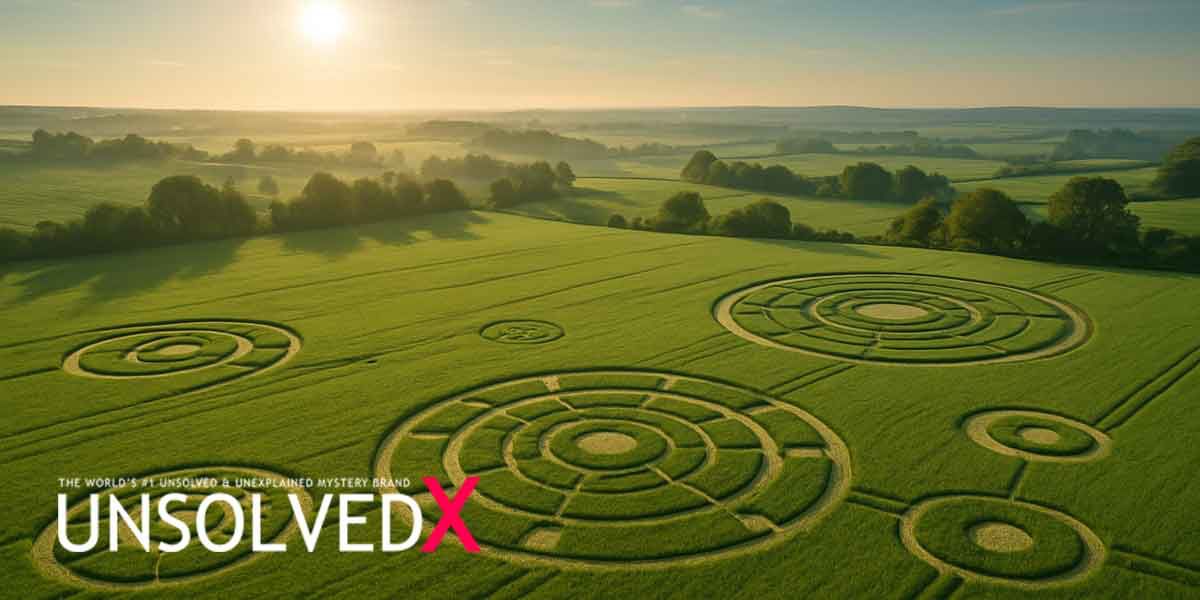


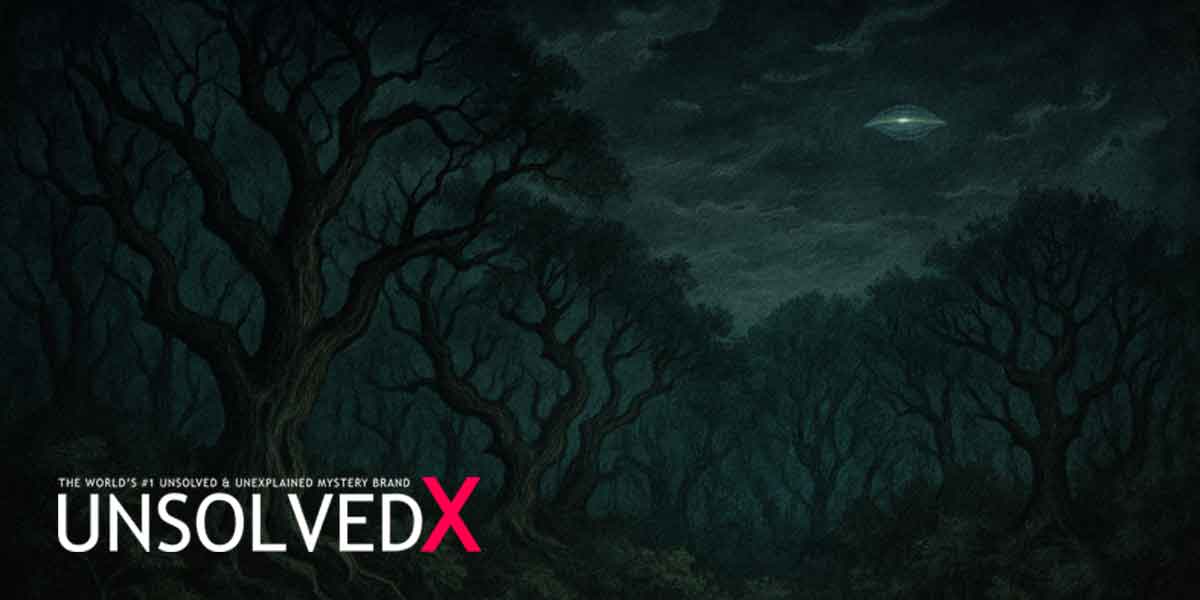
Comments
Comments section coming soon!